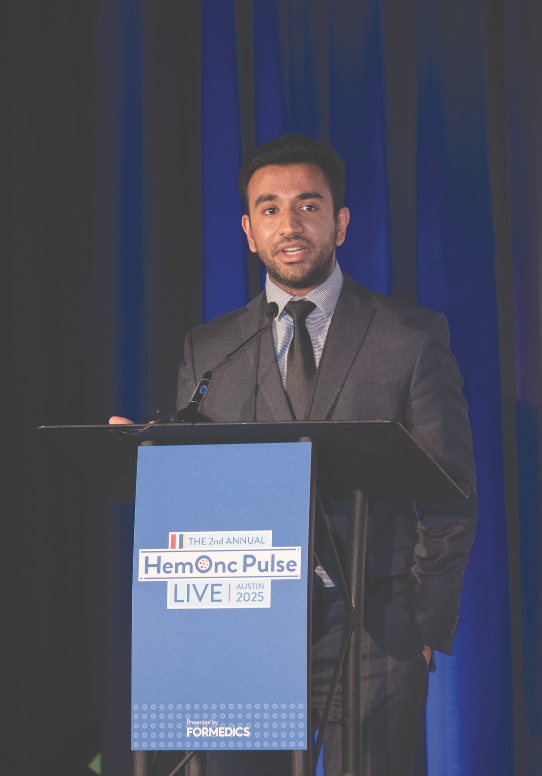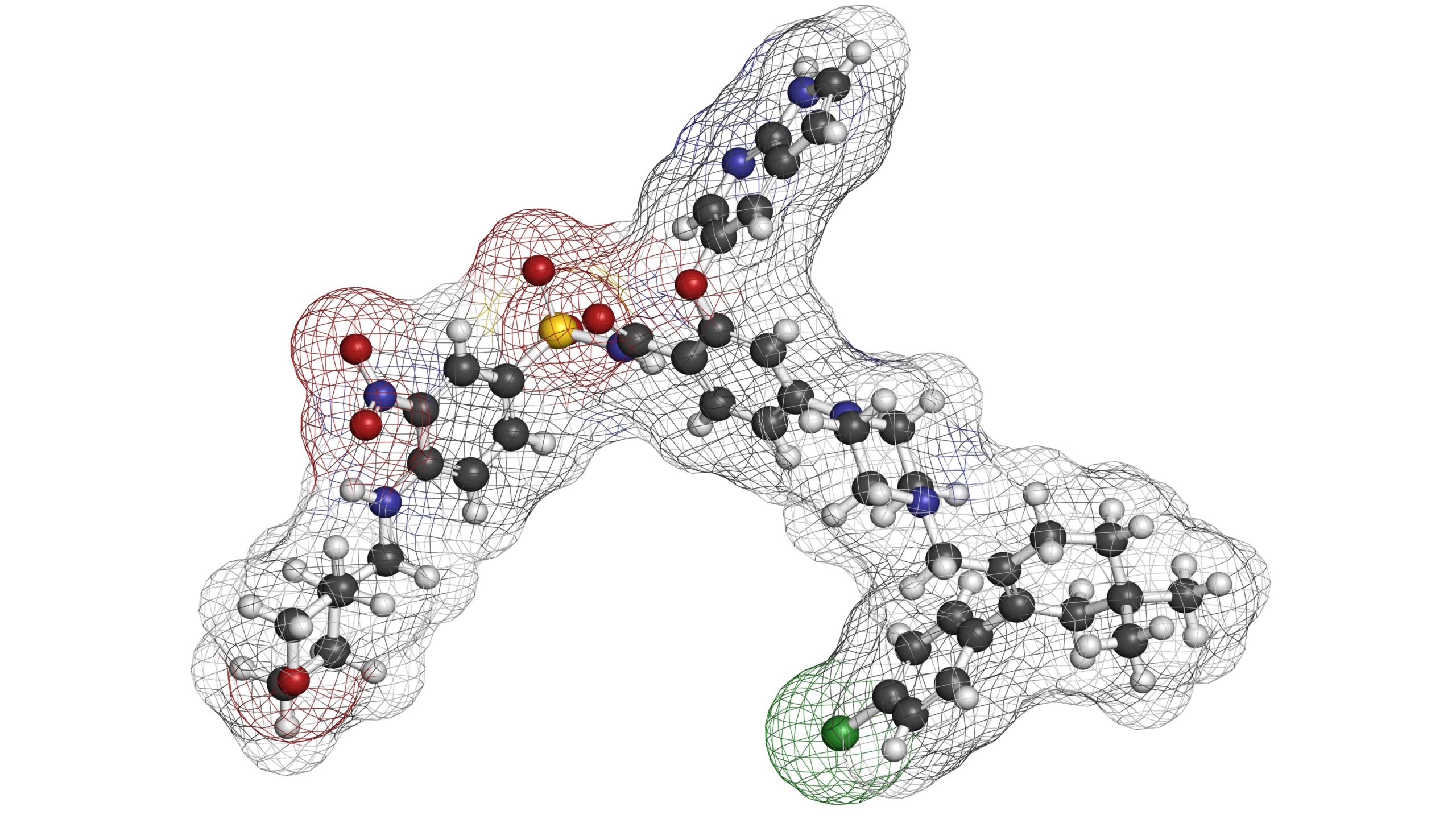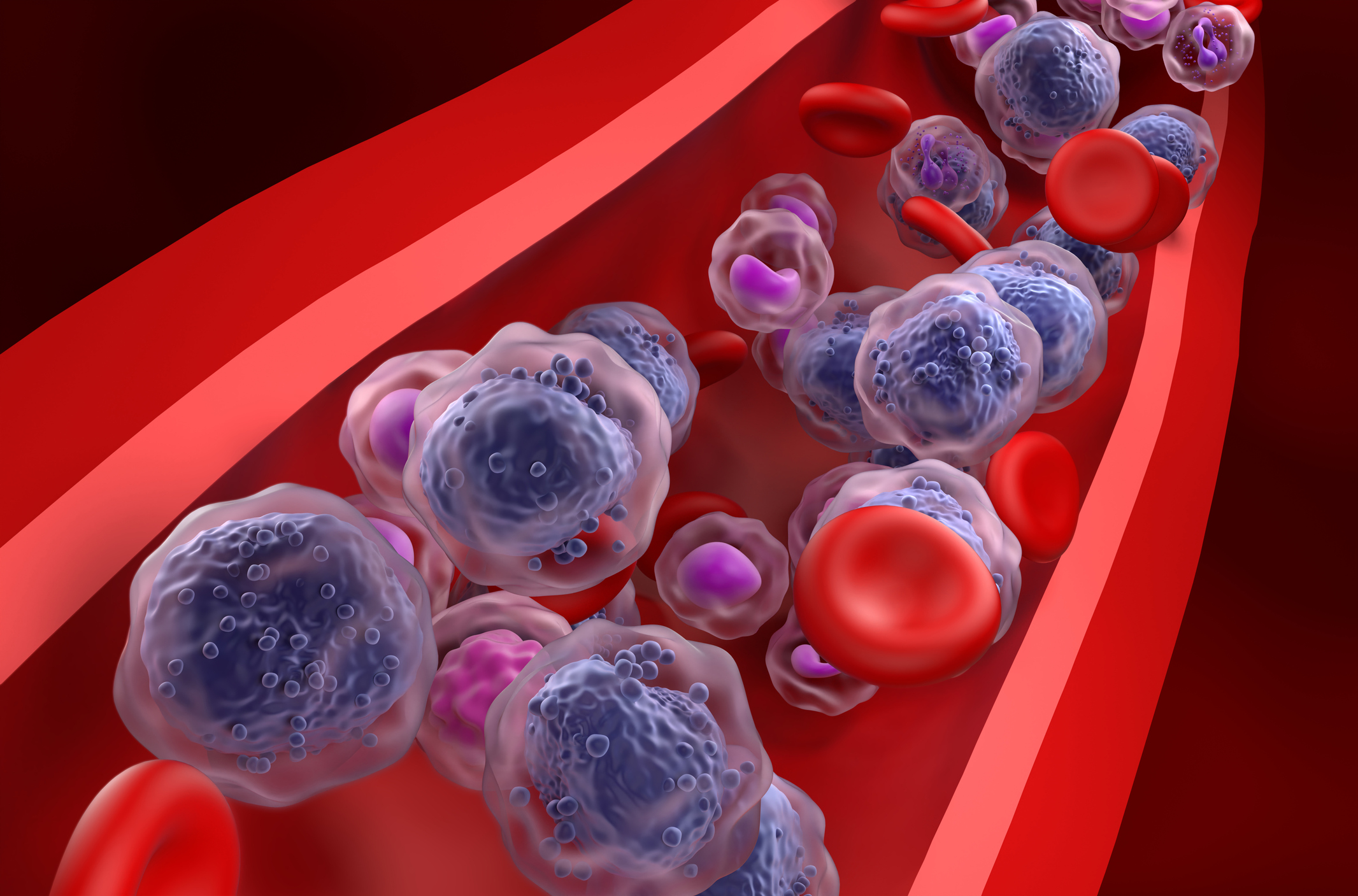
Patients with relapsed or refractory acute myeloid leukemia (AML) may live longer following an allogeneic hematopoietic stem cell transplant (HSCT) if they are first treated with venetoclax plus cladribine and low-dose cytarabine (LDAC), according to data released from Mayo Clinic researchers.
Using the Mayo Clinic databases from its campuses in Minnesota, Arizona, and Florida, the researchers pulled information on 39 relapsed or refractory patients with AML who were a median age of 65 years and mostly men (67%). Patients did not respond to treatment with venetoclax in combination with hypomethylating agent (HMA) and, therefore, received at least one cycle of salvage therapy with venetoclax plus cladribine and LDAC.
The following mutations were discovered: TP53 in 9 patients (23%), K/NRAS in 8 (21%), RUNX1 in 7 (18%), TET2 in 6 (15%), ASXL1 in 5 (13%), and STAG2 in 5 (13%).
At a median follow-up of 3.9 months, 31 deaths (79%), 6 relapses (15%), and 7 allogeneic HSCT (18%) were documented by the researchers.
They discovered that 28% of patients (n=11) achieved complete remission (CR; 5%) or complete remission with incomplete count recovery (CRi; 23%). The median time to response was 1 month and median response duration was 3.4 months. CR/CRi rates were higher in women, de novo versus secondary AML, and when adverse karyotypes weren’t present. Measurable residual disease was negative by multiparametric flow cytometry in 2 of 7 CR/CRi cases.
Furthermore, 5% of patients (n=2) had a partial remission and bone marrow aplasia without fulfilling criteria for morphologic leukemia free state.
The median survival in patients treated with venetoclax plus cladribine and LDAC was 4.6 months. Survival was superior in patients who achieved CR/CRi (8.1 months) compared with those who did not (2.9 months). Moreover, allogeneic HSCT was associated with longer survival (10.5 months vs 3.4 months). Median survival in patients without adverse karyotype was 6 months compared with 3.4 months in patients with adverse karyotype.
Forty-nine percent of patients experienced treatment-emergent infections, such as bacteremia (n=11), pneumonia (n=10), perirectal abscess (n=6), and laboratory evidence of tumor lysis syndrome (n=1).
“The current study suggests transplant bridging value for venetoclax-cladribine-LDAC in AML patients relapsed or refractory to venetoclax-HMA, especially in the absence of adverse karyotype or K/NRAS mutation,” the researchers said.
Reference
Steinauer N, McCullough K, Al-Kali A, et al. Venetoclax + cladribine + low-dose cytarabine in acute myeloid leukemia relapsed or refractory to venetoclax + hypomethylating agent. Abstract #2853. Presented at 65th American Society of Hematology Annual Meeting & Exposition; December 9-12; San Diego, California.






 © 2025 Mashup Media, LLC, a Formedics Property. All Rights Reserved.
© 2025 Mashup Media, LLC, a Formedics Property. All Rights Reserved.